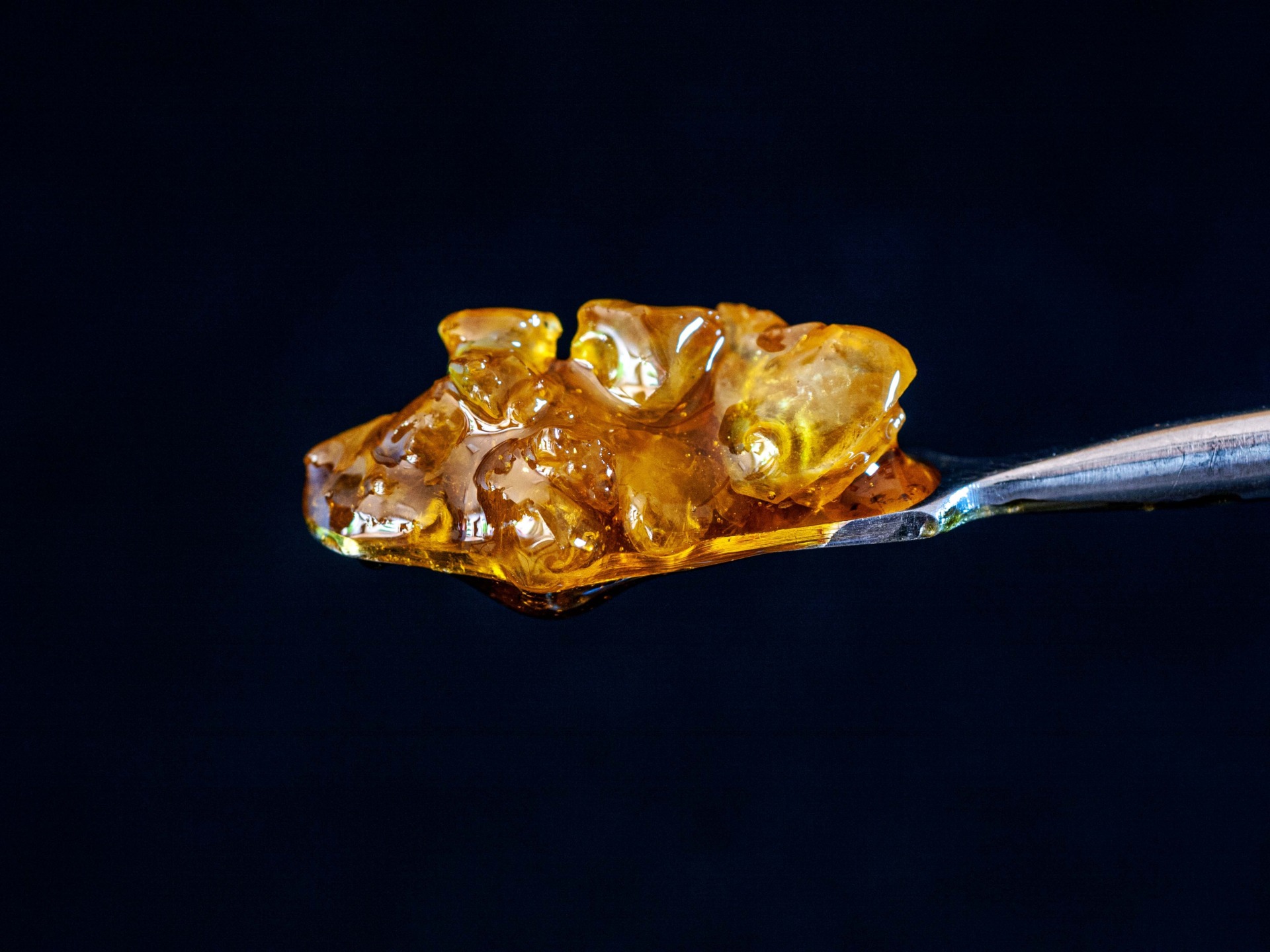What are Concentrates?
Concentrates can be confusing to many people, especially those new to the world of cannabis, because there are many different types of cannabis products that are called ‘concentrates.’ From wax to tinctures to oils, cannabis concentrates can be extremely potent and in many cases contain very strong doses of cannabinoids. Some may argue that concentrates are too strong, whereas others may say they deliver an extremely potent dose of medication to those who need it most.
All concentrate products are extracted from the plant using solvents, most commonly butane, CO2, or ethanol. The extraction process leaves behind a condensed product that provides a powerful dose of medication. It’s important to note that concentrates actually concentrate what is within the plant, so if there are pesticides present, those too become concentrated. It is for this reason you should always buy concentrates from a reliable brand that makes concentrates from pesticide free plants, ideally using organically grown cannabis.
For patients who need potent medicine with extra strength pain relief, concentrates are often considered to have the most efficacy. The cannabis industry has quickly embraced the world of concentrates as more and more people see the potential medicinal value. Here we provide an overview on concentrates that are readily available on the market today.
Kief & Hash
Kief, which is also sometimes referred to as pollen or dry sift, is a powdery substance made from the resin glands on the trichomes of the cannabis bud. Trichomes are the substance on the outside of the cannabis flower that look frost-like in appearance and contain a concentrated dose of cannabinoids and terpenes.
Kief can be removed from the cannabis flower by a variety of extraction methods that strip the substance off the plant. Kief is commonly made into hash, which is made by compressing the kief into a more condensed and solid block. Both of these products are most often added to a smoking device or rolled into a joint in order to increase potency of the primary cannabis product being consumed.
RELATED: IS DABBING GOOD FOR YOU?
Oil
Oil is most often made using a butane, ethanol, or CO2 extraction method. CO2 extracted oil is often touted as the oil with the least amount of residue in it, but there are different benefits for each extraction method. Oil can be used in dabbing or vaporizing, depending on its consistency. CO2 oil is most often used in vaporizers because it normally has a more liquid consistency, whereas butane oil can range from liquid to stiff, based on the extraction process.
The stiffer oils are often used for dabbing, though they do have other uses, as well. They are known as shatter, crumble, budder, and wax. Another well known type of oil is Rick Simpson oil, which is extracted using a concentrated alcohol. Rick Simpson-like oils vary, but they are often dark and tar like in color.
Shatter: Shatter is a strong, glass-like form of butane extracted oil that is known for shattering when dropped. Depending on the variety, it is sometimes sticky or smooth to the touch. Shatter is known for being one of the purest concentrates.
Crumble: Crumble is the driest variety of butane extracted oil and it is easy to break up into smaller pieces. It is known as one of the most user friendly varieties of butane extracted oil.
Budder: Budder is a thick extract that almost has the consistency of caramel candy. It is made by whipping shatter with the addition of a small amount of heat.
Wax: Wax is known as the stickiest concentrate, which is often attributed to its large amounts of decarboxylated THC. It has a very thick but moldable consistency.
Tinctures
Tinctures have historically been one of the most common ways that cannabis has been consumed as a medication. Prior to marijuana prohibition, cannabis tinctures were commonly prescribed to patients as a remedy for a variety of medical conditions. Tinctures are often extracted through alcohol and may, depending on how it is made, contain very high levels of cannabinoids. Tinctures are normally administered through a dropper sublingually, though it can be mixed into different drinks or liquids before being consumed. Tinctures are a great way to consume cannabis for those who prefer not to smoke.
If you are new to cannabis and want to learn more, take a look at our Cannabis 101 post. HelloMD can help you get your medical marijuana recommendation; it’s 100% online, private and efficient.






